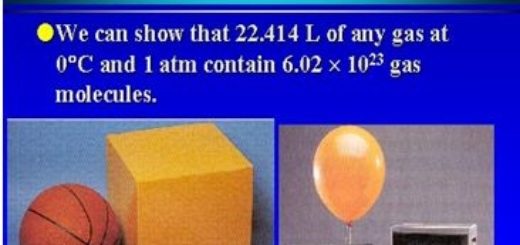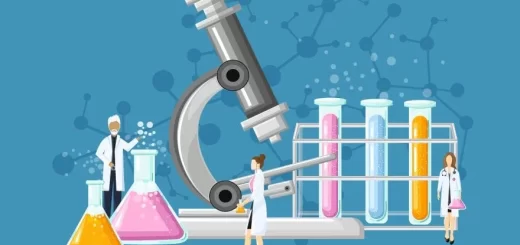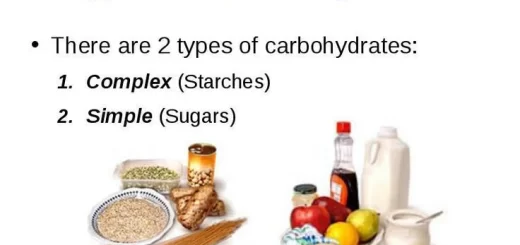Chemical bonds, Ionic bonds, Properties and types of covalent bonds
Atoms combine with each other forming molecules through chemical bonds, Ionic bond produces compounds molecules only and doesn’t produce elements molecules because the ionic bond arises between two different atoms, The covalent bond produces elements molecules because it arises between two atoms for one nonmetallic element, The covalent bond produces compounds molecules because it arises between two atoms for two different nonmetallic elements.
Ionic bond
The ionic bond is a type of a chemical bond that is formed as a result of a combination of a positive ion for an atom of a metallic element and a negative ion for an atom of a nonmetallic element to form a molecule of an ionic compound.
How is an ionic bond formed?
Ionic bond arises due to the combination of a metallic element with a nonmetallic element, A metal atom loses the outermost electron and changes into a positive ion, A nonmetal atom gains the electrons lost from a metal atom and changes into a negative ion, A strong electrical (electrostatic) attraction between positive and negative ions occurs due to their difference in electric charge resulting in the ionic bond.
M → M+ + e−
X + e− → X−
M+ + X− → M+X−
The ionic bond is a chemical bond resulting from the electric attraction between a positive ion and a negative ion.
Examples
Formation of a sodium chloride (table salt) molecule [NaCl]: A sodium (metal) atom loses one electron and changes into a positive ion (Na+), A chlorine (nonmetal) atom gains this electron (which is lost by a sodium atom) and changes into a negative ion (Cl−), A strong ionic bond is formed due to the electric attraction between a positive sodium ion (Na+) and a negative chloride ion (Cl−) forming an ionic molecule of sodium chloride (NaCl).
Formation of a magnesium oxide molecule [MgO]: A magnesium (metal) atom loses 2 electrons and changes into a positive ion (Mg+2), An oxygen (nonmetal) atom gains 2 electrons (which are lost by magnesium atom) and changes into a negative ion (O−2), A strong ionic bond is formed due to the electric attraction between a positive magnesium ion (Mg+2) and a negative oxygen ion (O−2) forming an ionic molecule of magnesium oxide (MgO).
Ionic bond produces compounds molecules only and doesn’t produce elements molecules because ionic bond arises between two different atoms as a result of the electric attraction between a positive ion for an atom of a metallic element and a negative ion for an atom of a nonmetallic element.
It is impossible to combine sodium and magnesium together to form a compound because each of them is metal and its atom tends to lose the outermost electrons during chemical reactions, From the previous explanation, we conclude that: The ionic bond can’t be originated between:
- Two atoms of a metal element (similar atoms) because each of them forms a positive ion.
- Two atoms of a nonmetal element (similar atoms) because each of them forms a negative ion.
Covalent bond
The covalent bond is a type of chemical bond that occurs between two nonmetal atoms to form a molecule of a covalent compound.
How is a covalent bond formed?
When two nonmetal atoms interact with each other, no one of them loses or even gains any electrons. But each atom shares the other with several electrons (from its outermost shell) equal to the number of electrons it needs to complete its outermost shell.
An interference occurred between both atoms, resulting in a bond known as a covalent bond, The covalent bond is a chemical bond originated between the atoms of nonmetals through sharing (participation) of each atom with a number of electrons to complete the outer electron shell of each atom.
Types of covalent bonds
- Single covalent bond.
- Double covalent bond.
- Triple covalent bond.
Single covalent bond
A single covalent bond is a chemical bond that arises between two nonmetal atoms, where each atom shares the other atom with one electron, It is represented by one line (—) joining the two atoms.
Examples
The single covalent bond between two atoms for one element such as the formation of a hydrogen molecule (H2), Each hydrogen atom shares one electron to complete its outermost shell with two electrons and becomes more stable.
The single covalent bond between one atom for one element and two atoms for another element such as the formation of a water molecule (H2O), An oxygen atom shares with two electrons, while each hydrogen atom shares with one electron to complete its outermost shell.
Double covalent bond
A double covalent bond is a chemical bond that arises between two nonmetal atoms, where each atom shares the other atom with two electrons, It is represented by two lines (=) joining the two atoms.
Examples: Formation of an oxygen molecule (O2), Each oxygen atom shares two electrons to complete its outermost shell with 8 electrons and becomes more stable.
Triple covalent bond
A triple covalent bond is a chemical bond that arises between two nonmetal atoms, where each atom shares the other atom with three electrons, It is represented by three lines (≡) joining the two atoms.
Example: Formation of a nitrogen molecule (N2), Each nitrogen atom shares with three electrons to complete its outermost shell with 8 electrons and becomes more stable.
The covalent bond produces elements molecules because it arises between two atoms for one nonmetallic element, The covalent bond produces compounds molecules because it arises between two atoms for two different nonmetallic elements, A covalent bond may occur among various atoms of nonmetal elements such as a covalent bond in hydrogen chloride HCl [H–Cl].
When an atom of chlorine (17Cl) is combined with an atom of sodium (11Na), the product will be an ionic compound, but when two atoms of chlorine are combined together, the product will be a covalent molecule because chlorine atom (nonmetal) gains the electron, which is lost by the sodium atom (metal), so an electric attraction occurs between the positive sodium ion and the negative chloride ion, while each of the two chloride atoms shares with one electron to complete its outermost shell.
The Egyptian scientist Ahmed Zweil was granted the Nobel Prize in Chemistry 1999 in favour of his appreciated role in inventing new brands of cameras working via laser technologies.
Chemical combination, Types of bonds (Chemical bonds & Physical bonds)
Chemical combination, Properties of Metals, Nonmetals & Noble (inert) gases
Theories explaining the covalent bond, Octet rule & Overlapped orbitals concept
Metallic & nonmetallic property, Acidic & basic property in the periodic table
Atoms components, Rutherford and Bohr’s Atomic Models
What is Valency? Valencies of some metallic, nonmetallic elements & atomic groups



